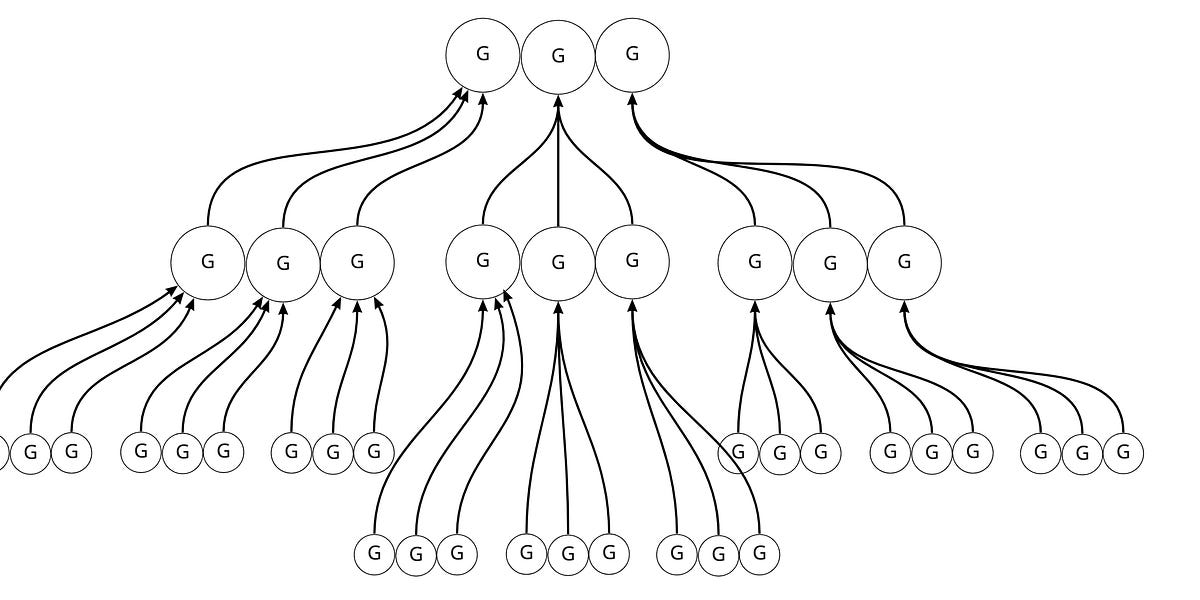TBM 350: Connecting Dots




My goal is to structure teams around minimizing “coordination headwind,” as described by Alex Komoroske in this deck on seeing organizations as slime mold. The rough idea is that coordination costs (caused by uncertainty and disagreements) increase with scale, and adding managers doesn’t improve things. People’s incentives become misaligned. People... See more